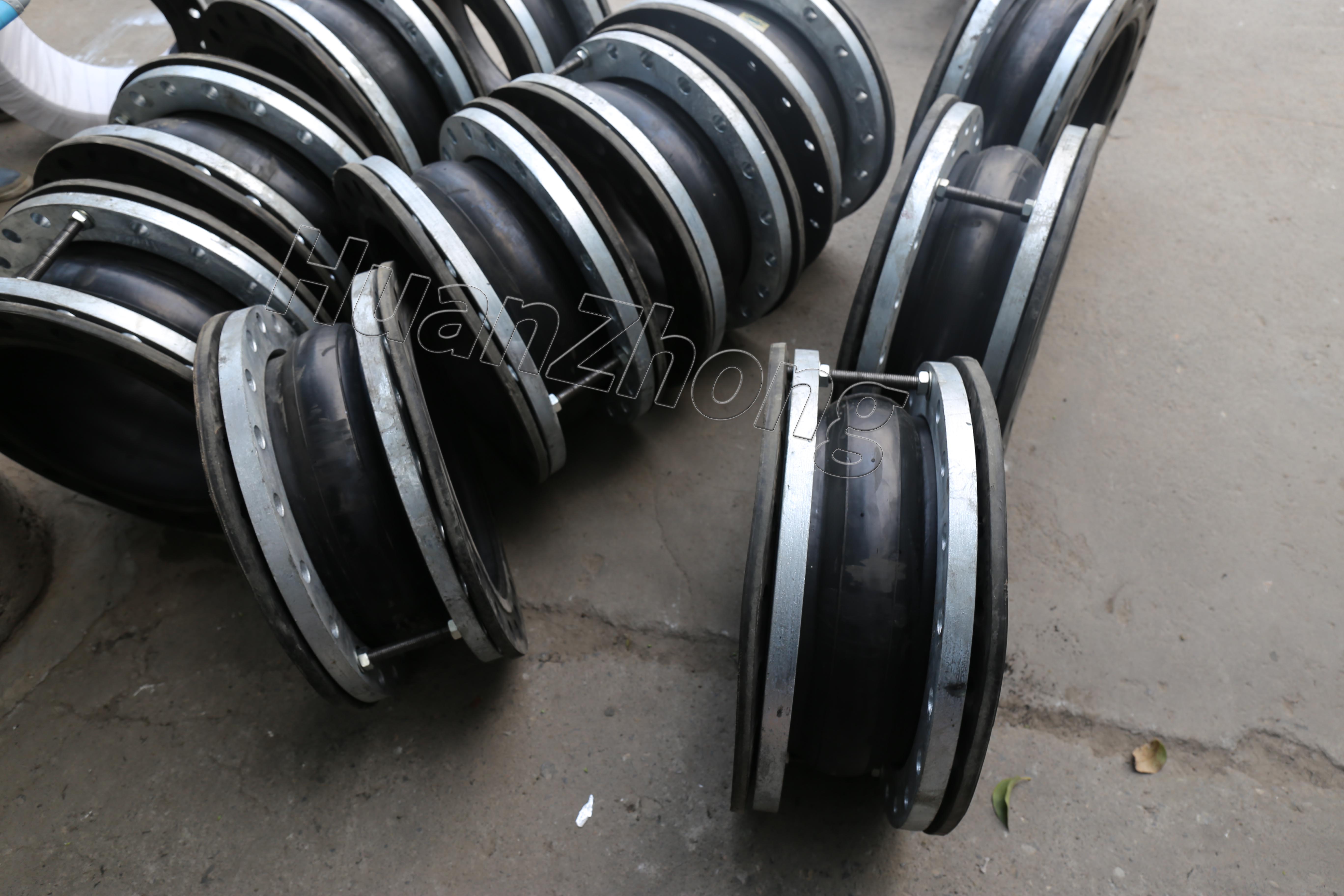What is the maximum temperature resistance of rubber joints?
What is the maximum temperature resistance of rubber joints? Rubber joints, also known as rubber expansion joints or rubber compensators, are vital components used in a wide range of applications, particularly in piping systems. These flexible connectors are designed to absorb movement, accommodate expansion or contraction, and dampen vibrations in piping systems. One important consideration when selecting rubber joints for a specific application is their temperature resistance.
The maximum temperature resistance of rubber joints depends on the type of rubber used in their construction. Different types of rubber have distinct properties, including their ability to withstand high temperatures. The most commonly used rubber compounds in the manufacturing of rubber joints are EPDM (Ethylene Propylene Diene Monomer), Nitrile, and Neoprene. These rubber materials have varying temperature ratings and are suitable for different temperature ranges.
EPDM rubber is widely used in rubber joints due to its excellent temperature resistance. It can typically withstand temperatures ranging from -40°C to 150°C (-40°F to 302°F). EPDM rubber has good resistance to heat, weathering, and ozone, making it suitable for a wide range of industrial applications where temperature fluctuations occur.
Nitrile rubber, also known as Buna-N or NBR (Nitrile Butadiene Rubber), is another common material used in rubber joints. Nitrile rubber can withstand temperatures ranging from -40°C to 121°C (-40°F to 250°F) making it suitable for applications where lower temperature resistance is required. It has good resistance to oils, fuels, and other petroleum-based products, making it a preferred choice in industries such as oil and gas.
Neoprene rubber is known for its excellent resistance to heat, oil, and chemicals. It has a temperature resistance ranging from -30°C to 120°C (-22°F to 248°F), making it suitable for a wide variety of applications, including HVAC systems, automotive industry, and marine applications.
In addition to the type of rubber used, the design and construction of the rubber joint also play a crucial role in its temperature resistance. The reinforcement materials used in the rubber joint, such as polyester or nylon fabrics, further enhance its temperature resistance. These reinforcements help to prevent deformation or rupture of the joint under high-temperature conditions.
It is important to note that the maximum temperature resistance of rubber joints is specified by the manufacturer and may vary depending on factors such as joint size, pressure rating, and application environment. When selecting rubber joints for a specific application, it is essential to consult the manufacturer's specifications and guidelines to ensure that the chosen rubber joint meets the required temperature resistance criteria.
In conclusion, the maximum temperature resistance of rubber joints depends on the specific rubber material used in their construction. EPDM, Nitrile, and Neoprene are commonly used rubber materials, each with its own temperature resistance range. The choice of rubber joint should be based on the application's temperature requirements, pressure rating, and other environmental factors to ensure optimal performance and longevity of the joint.
